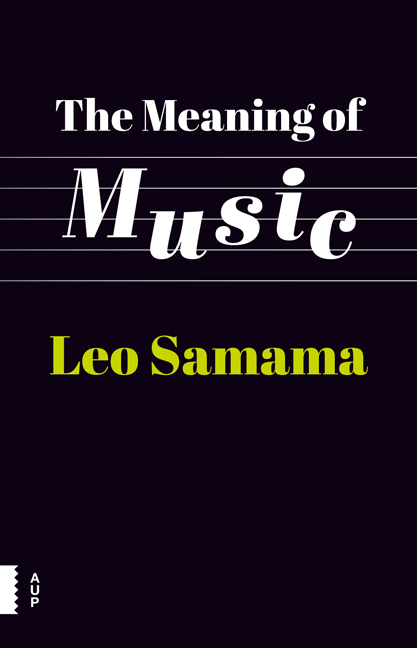Summary
This is a question that is asked time and again: what is music? In a strict sense, music consists of vibrations in the air that are observed by us and then interpreted as sounds. These sounds play out over time, meaning that music is therefore sound over time. A painting can be viewed at a glance, but not a piece of music. Listening to music takes time, even if it is only a second or a minute. Music is also ephemeral. We can't hold it like a book, a painting or a sculpture, so it is ephemeral over time. This was the finding of the composer Rudolf Escher in 1938 in his excellent essay, Toscanini and Debussy, the magic of reality (Toscanini en Debussy, magie der werkelijkheid): ‘On music rests the doom of transience. It flows, while sounding, and is over.’ The moment at which you realise that you have heard a sound, a note or a chord, is also the moment that you realise that the sound itself has already vanished, is done with, and that it has already been followed by the next sound or the sequel to that first sound.
Music, however, is not merely sound over time; that would be too simple. When you listen to music, you experience more than just a sequence of sounds. For some of us, music calls up images, for others, colours or a narrative. Music is frequently experienced as not only spiritual, but also as something physical. How often does it happen that, when listening to music, we can't sit still? Music can keep us from falling asleep. Sometimes you can't put a certain melody, a chord progression or a specific rhythm out of your mind, and often it is a combination of these elements that refuses to let go. The sound of music usually consists of an interplay of rhythm, melody and harmony, but equally of the various timbres of innumerable instruments, and of the endless ways in which these elements can be combined and made to interact. We could add that there are at least as many ways to make this music into sound, to perceive it and to give it meaning.
- Type
- Chapter
- Information
- Meaning of Music , pp. 27 - 31Publisher: Amsterdam University PressPrint publication year: 2016



